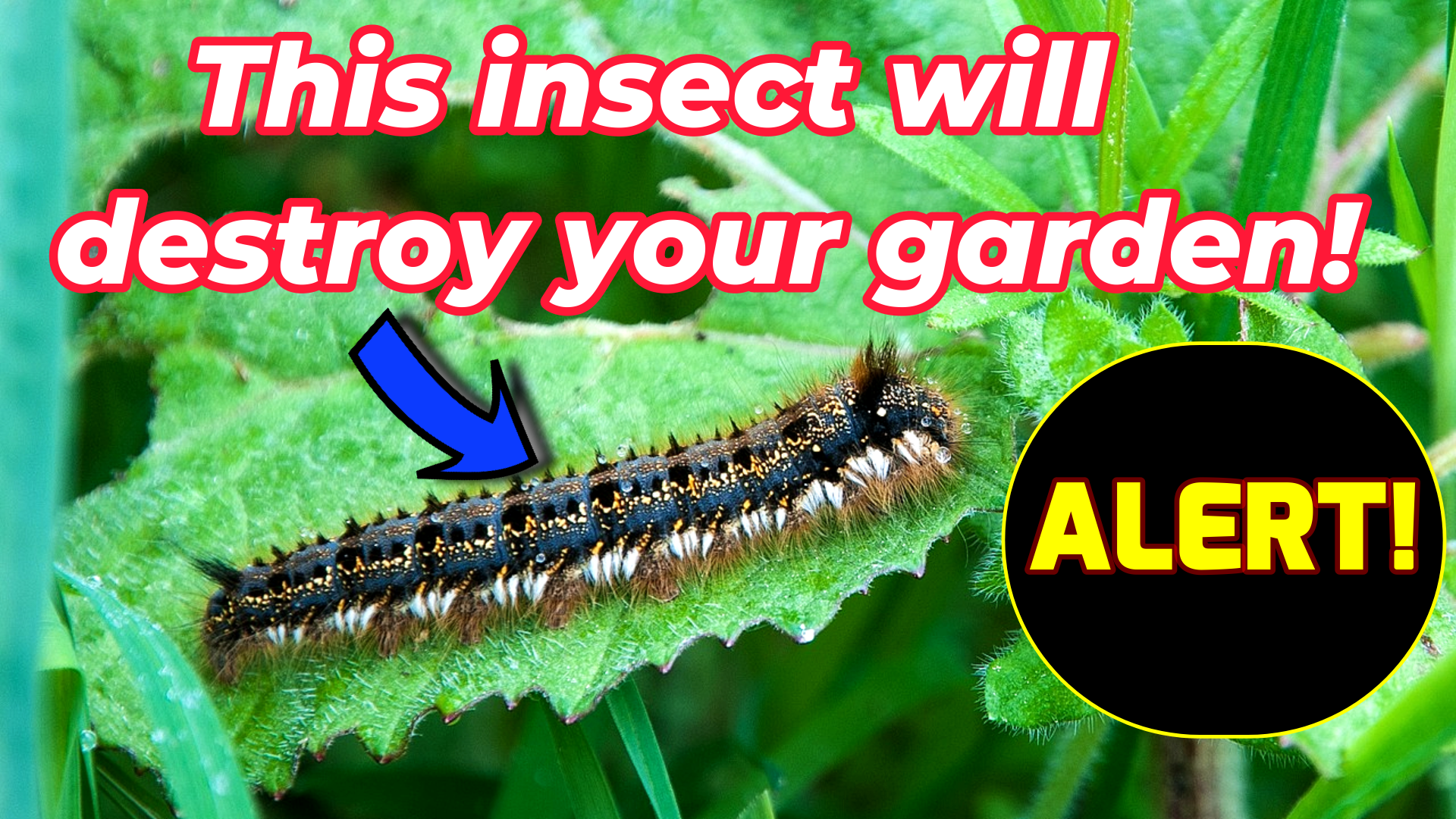7 Easy Tips to get rid from Blanket Worm Insects from Your Garden
If the leaves of your plants appear torn or cut, it means your garden has been attacked by insects. These insects damage the plants by eating their leaves.
Every year during the monsoon season, our plants are attacked by the blanket worm (also known as woolly bear caterpillar or hairy caterpillar). This pest damages the plants by eating especially the soft leaves and stems.
In case of severe infestation, plants become completely leafless, which can lead to stunted growth and a sharp decline in crop production.
How does blanket worm cause damage?
Blanket worm primarily damages plants by feeding on soft leaves and stems. The pest gnaws at the upper portion of stems and leaves, stunting plant growth.
Newly planted and young plants are most susceptible because they are in the early stages of growth. When plants become leafless, photosynthesis stops, reducing their ability to obtain energy.
Life cycle of the blanket worm
The life cycle of this blanket worm pest begins rapidly during the monsoon season. These pests lay eggs on the lower side of the leaves, and within a few days small pests emerge from the eggs. These pests grow very fast and attack the crops.
When the number of pests increases, they damage the plants in large groups, which can cause heavy losses to the entire field or garden.
How to save plants / crops from blanket worm?
By being a little cautious, you can save your crops and plants from the damage caused by blanket worm. Following are some easy and effective measures for this:
1. Regular inspection:
Inspect your garden or field regularly.
- Try to remove insects or their eggs as soon as you see them on the lower side of leaves and stems.
2. Handpicking
Wear gloves and manually pick the caterpillars off the plants.
- You can drop them into a bucket of soapy water to kill them.
3. Prune affected leaves
Immediately prune the affected leaves and throw out the insect from your garden.
- This can prevent the risk of infection to the rest of the plant.
4. Neem Oil Spray
Neem oil is a popular organic pest control method for managing pests in plants.
- Mix neem oil with water and spray it on the affected plants. It disrupts the caterpillar’s life cycle and helps repel them.
Note:
- You can use around 2 to 4 tablespoons of neem oil per liter of water.
Check this;
How to use Neem Oil Spray Solution
5. Garlic or Chili Spray
Create a homemade spray by mixing crushed garlic or chili with water.
- Strain and spray it on your plants. The strong smell helps repel blanket worms and other pests.
6. Remove Egg Clusters
- Regularly check the undersides of leaves for egg clusters and remove them to prevent future infestations.
Also, read:
How to Treat Leaf Miner in Tomato Plant?
7. Keep Your Garden Clean
Remove any dead leaves, plant debris, or weeds regularly, as they provide hiding spots for caterpillars.
Also, you can encourage natural predators
Birds, ladybugs, and other beneficial insects feed on caterpillars.
- Installing bird feeders or planting flowers that attract these predators can help keep caterpillar populations down.
Precaution’s while removing these insects
These insects should be removed carefully.
- If they touch your skin, you may get skin allergies, itching and rashes.
By using these tips, you can naturally and effectively control blanket worms without harming your plants.
Follow our Social media channel:
1. Voice of Plant – YouTube Channel
2. Voice of Plant Facebook Page
3. Instagram Voice of Plant Channel
Happy gardening!
